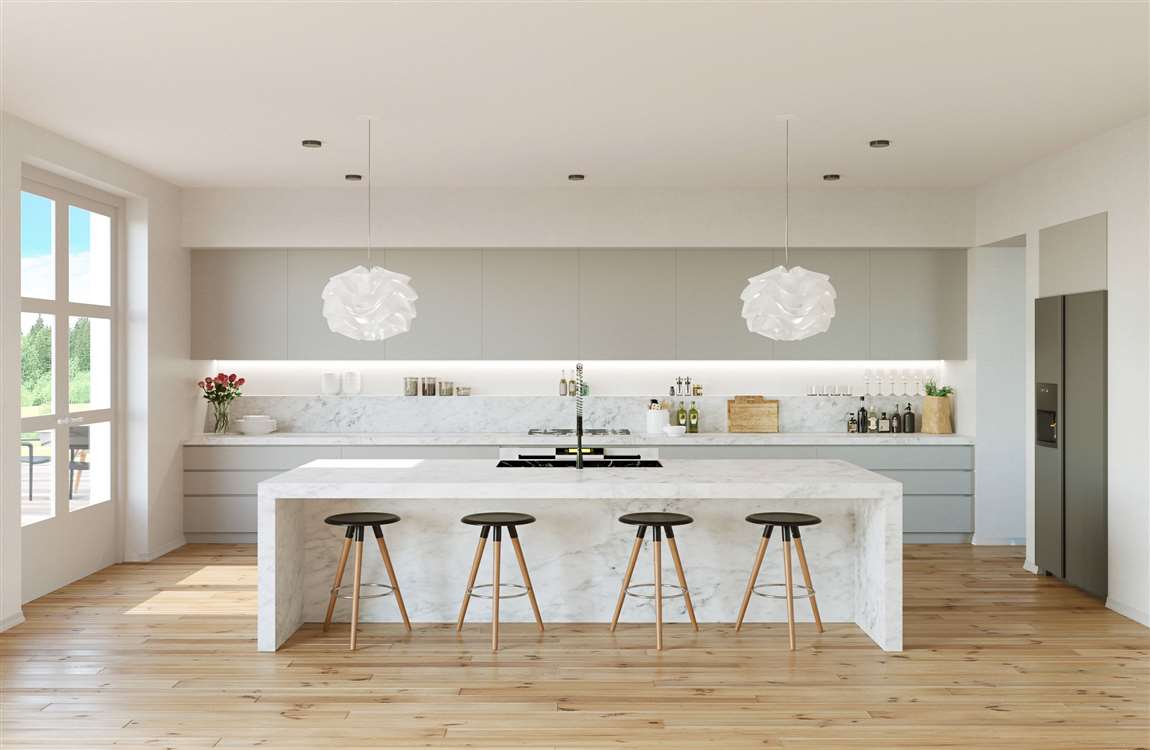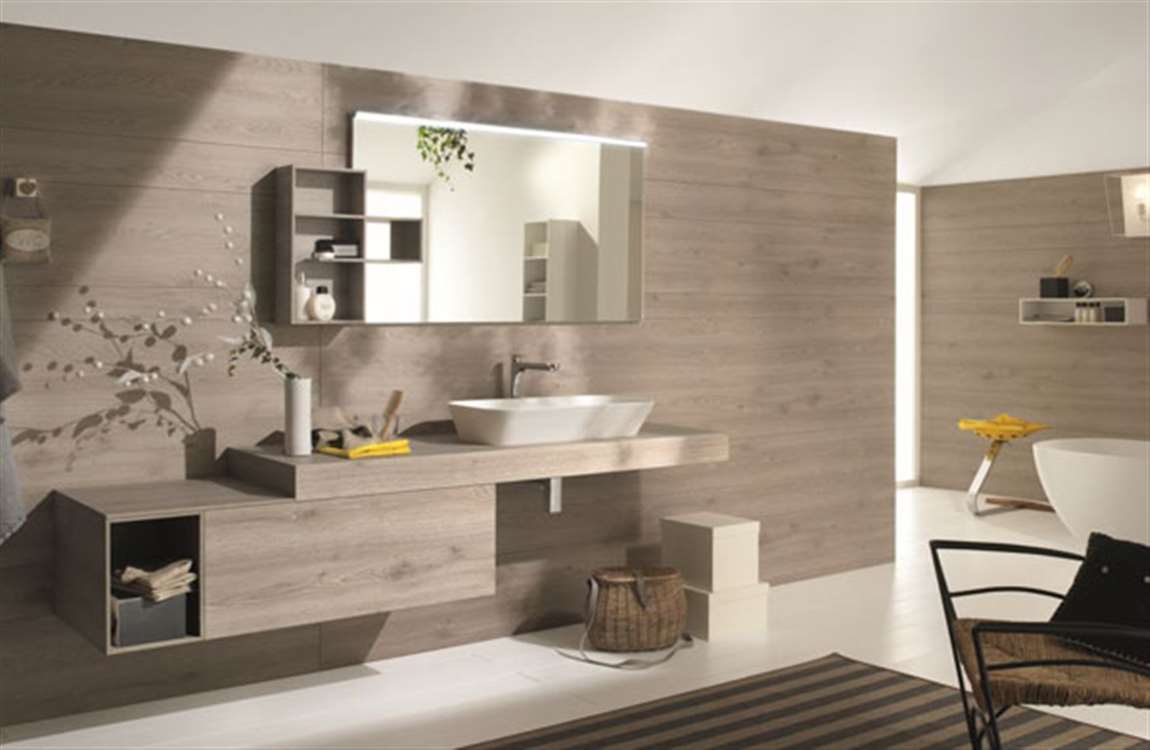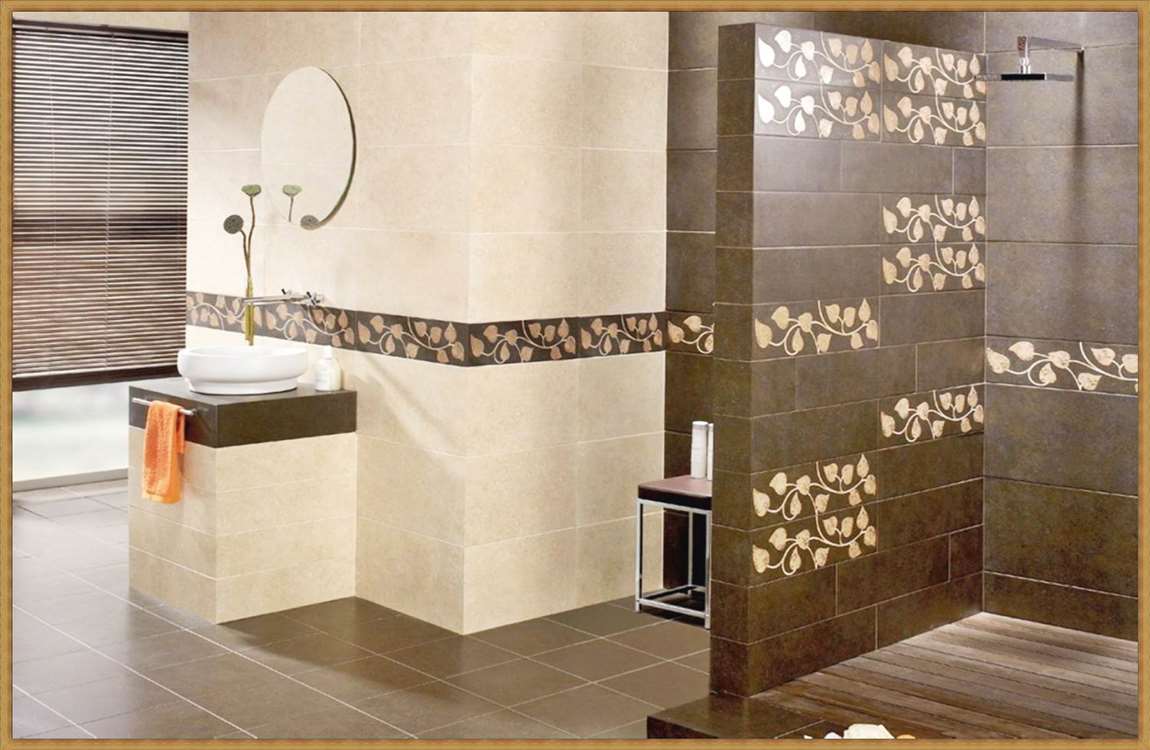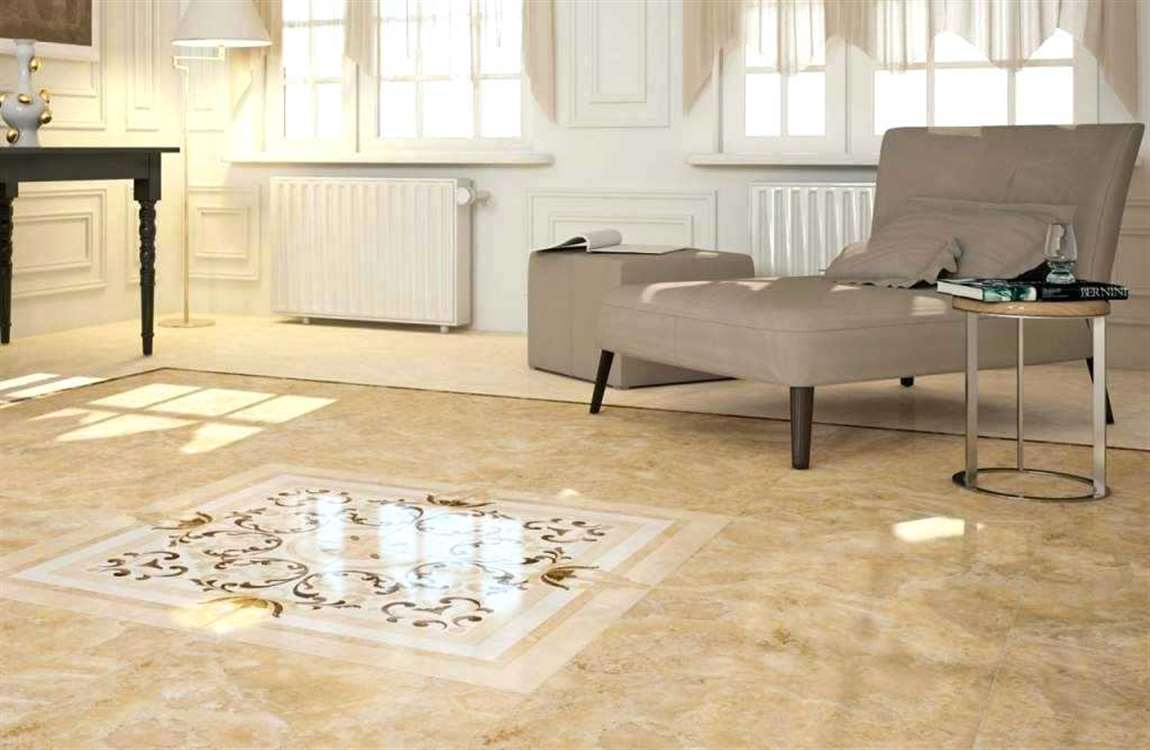How to Install a Bathroom Fan?
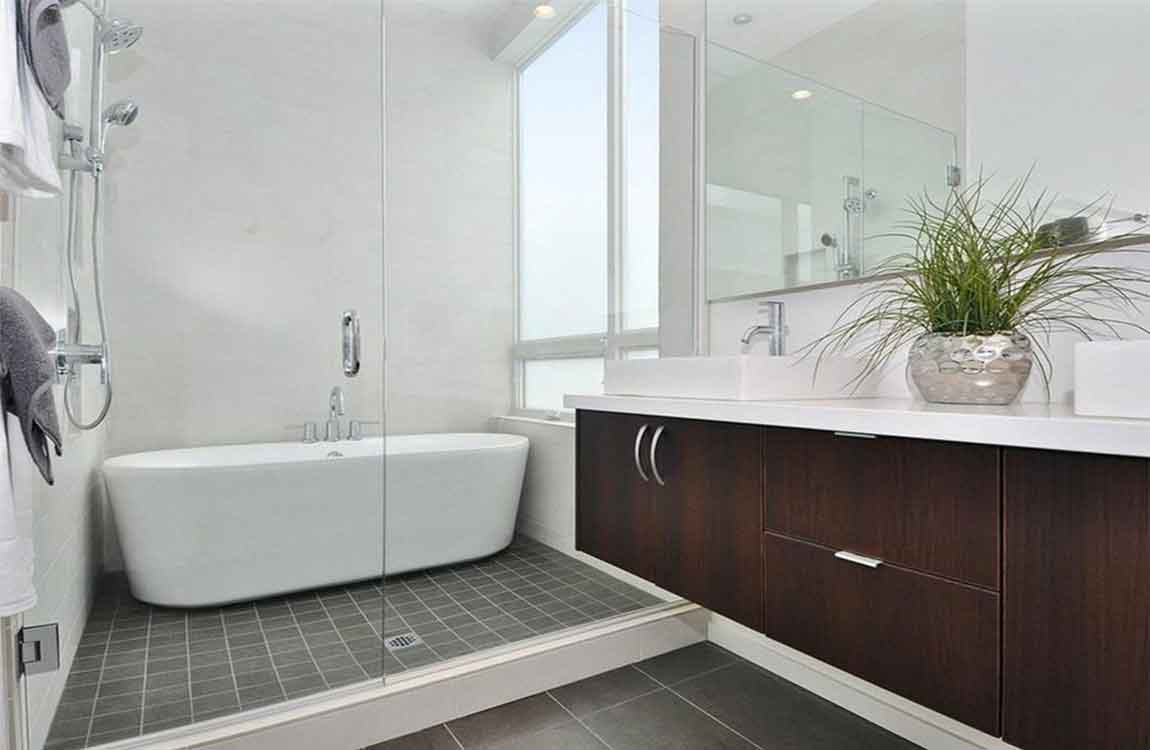
Bathroom fans are essential for removing moisture and bad odors from the bathrooms in your home, thus preventing the growth of mold and mildew. By removing excess moisture from the air, you can also prevent wallpaper and paint from peeling and prevent doors and windows from becoming warped. Installing or replacing a bathroom fan is a moderately easy DIY project for homeowners with basic electrical and carpentry skills.

Gather the required tools. Installing a bathroom fan is a manageable DIY project for homeowners with basic carpentry and electrical skills. Before you begin, it’s a good idea to have all of the required tools and materials easily at hand. In terms of tools, you will need some basic hand tools such as a screwdriver and a combination pliers, in addition to a power drill and a jigsaw.
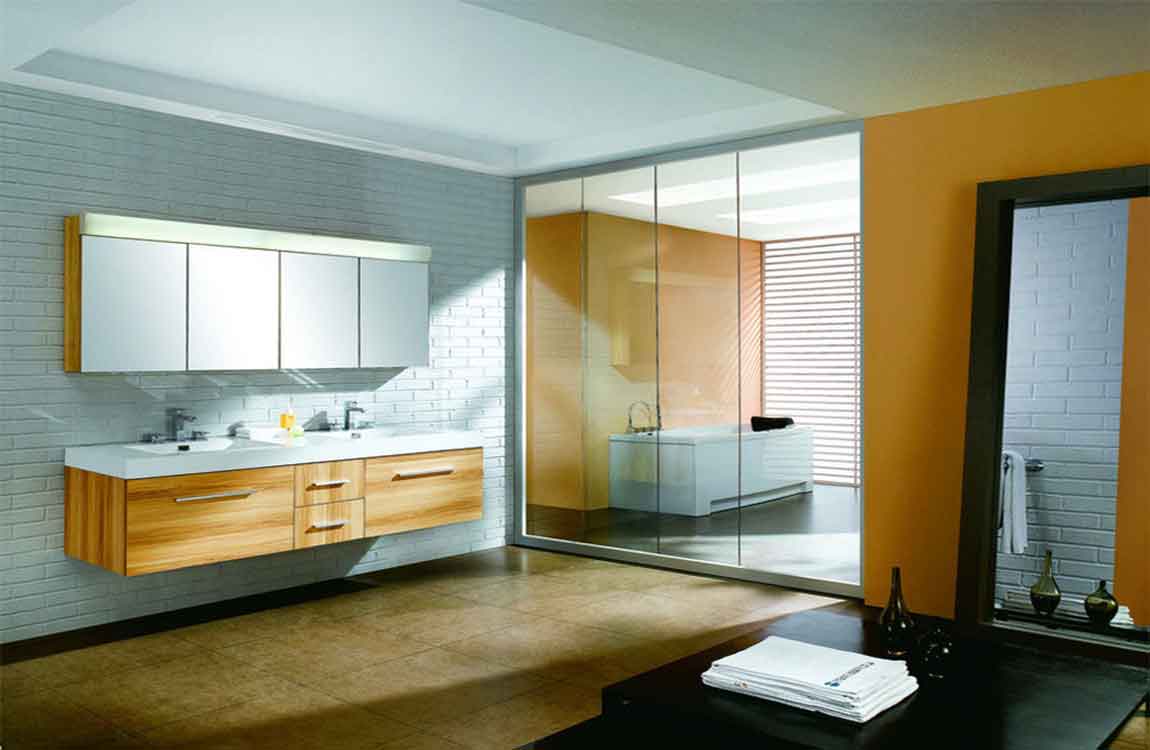
In terms of materials, you will need a length of flexible duct pipe, a vent cap, screws, caulk and wire nuts. If you’re running the duct pip out through the roof you will also need roofing cement, shingles and roofing nails. You will also need a stepladder in order to reach the fan from below, safety goggles and a respirator to wear while drilling, and roof brackets, roof cleats or a safety harness for potential roof work.
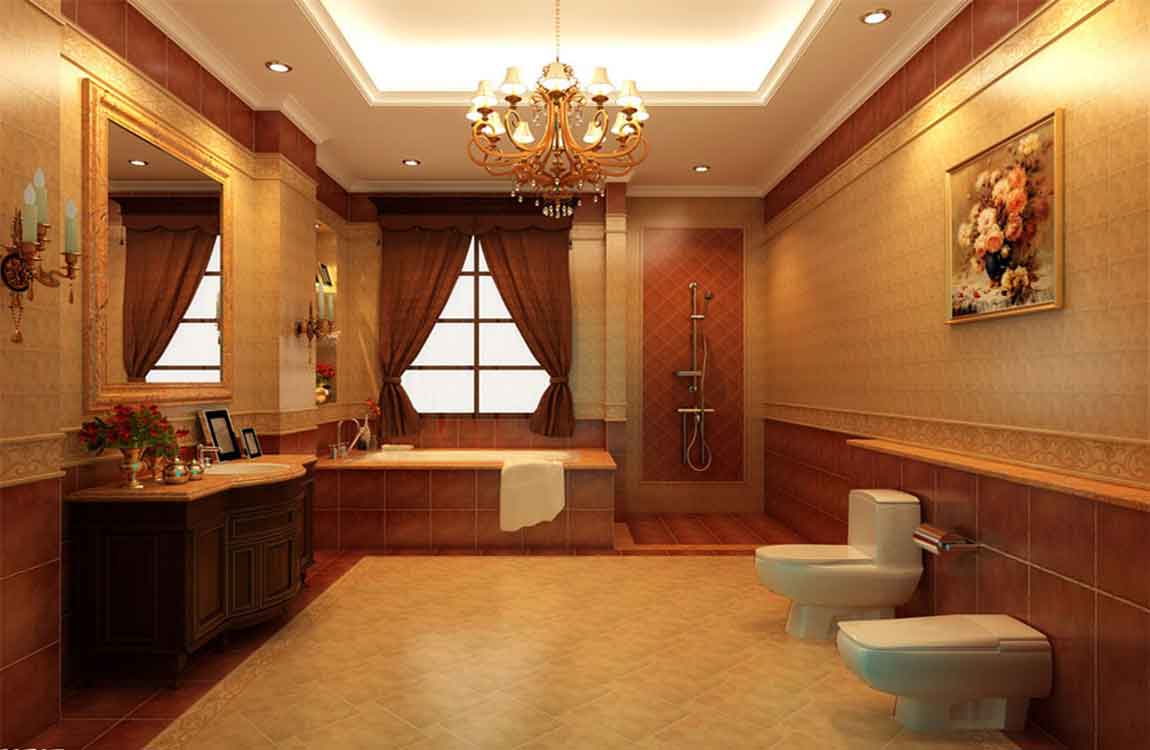
Now that the fan is secure, take the length of flexible duct pipe and attach one end to the 90 degree duct elbow protruding from fan housing using foil duct tape. Now is also a good time to run an existing or new electrical cable through the connector on the fan housing. You can secure the cable by tightening the screw on the connector. Be aware that you’ll need to use a three-wire cable if your new fan includes a light.
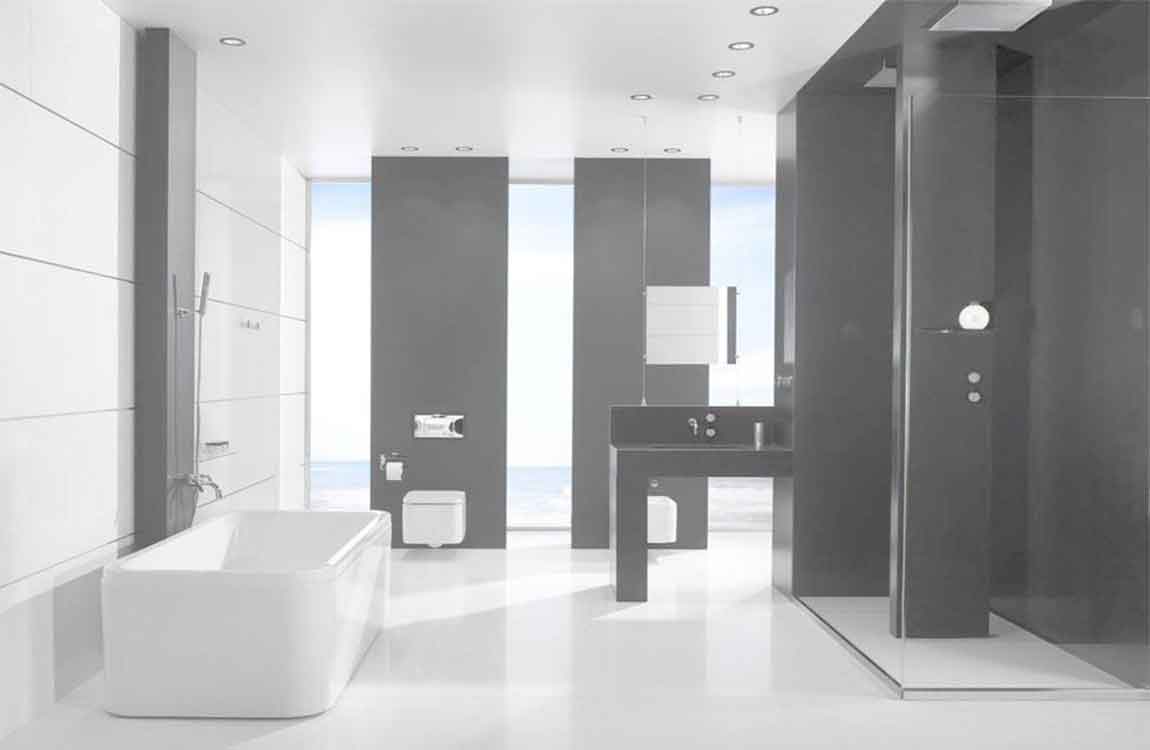
Find a suitable exit point for the duct pipe. The next step is to find the shortest, straightest route from the housing fan to the outside. The longer the duct pipe is, the less efficient the fan will be. It is essential to vent the fan exhaust outdoors. Venting it directly into the attic would promote mold growth and potentially cause the rafters to mold.



